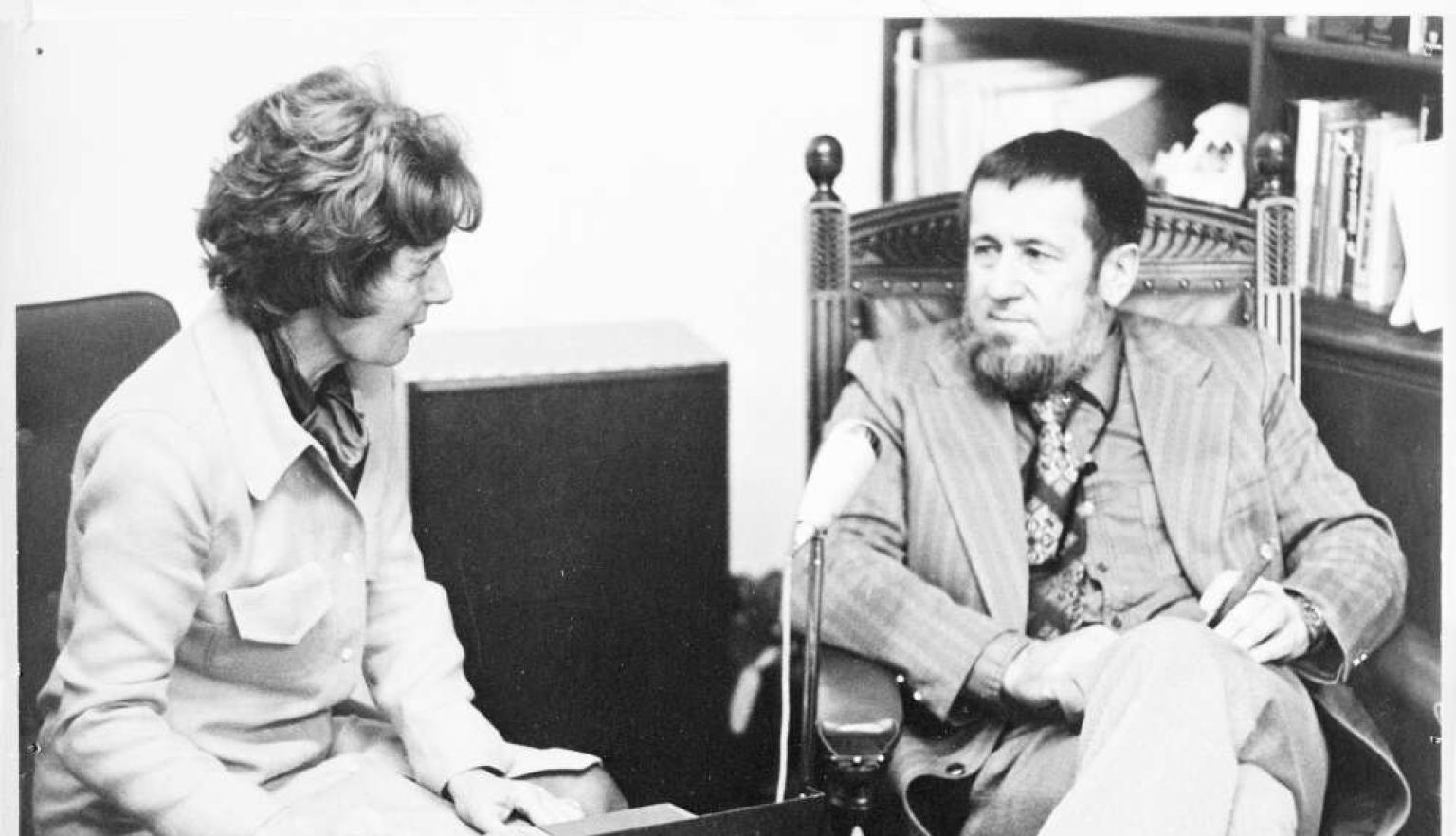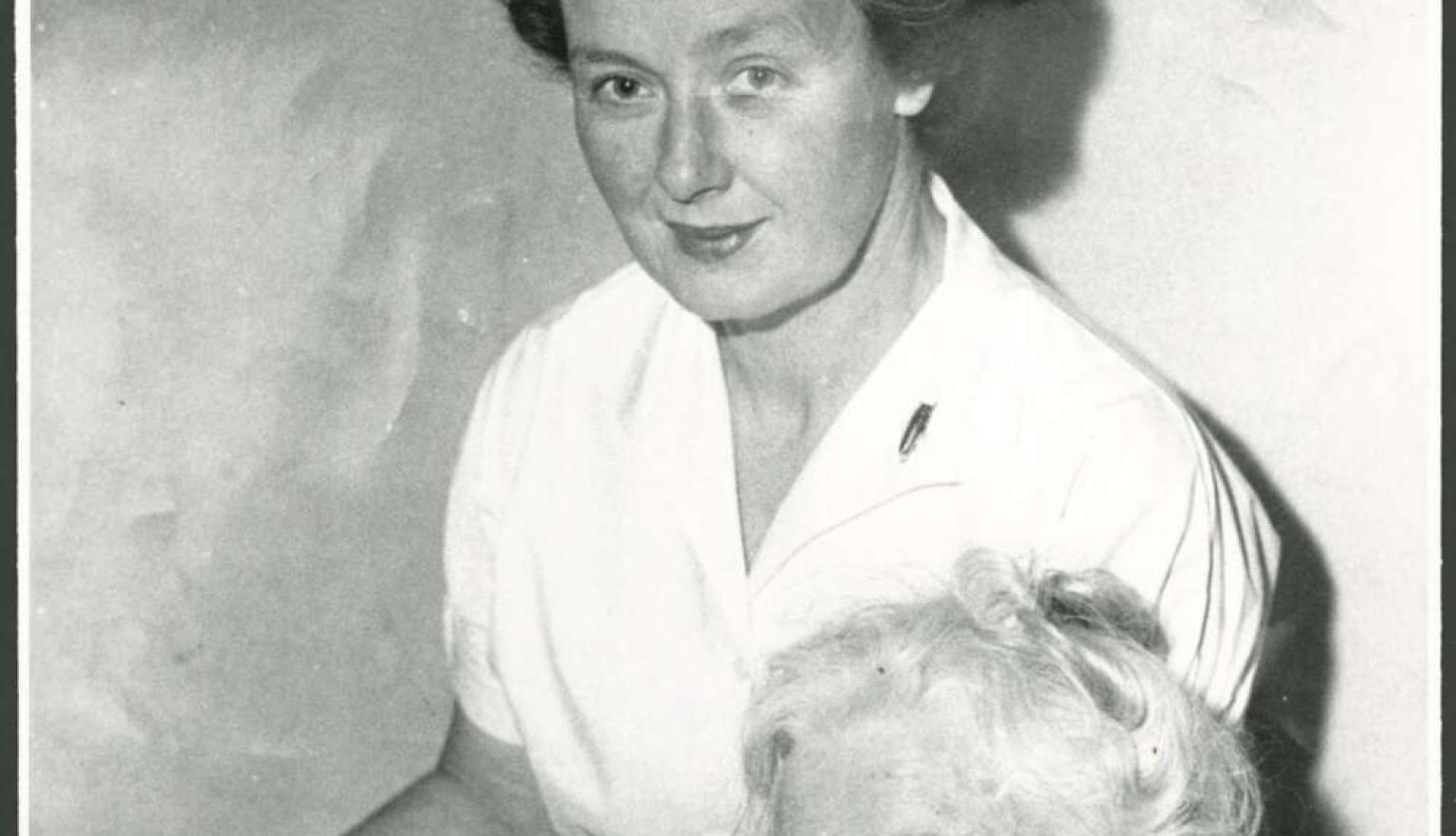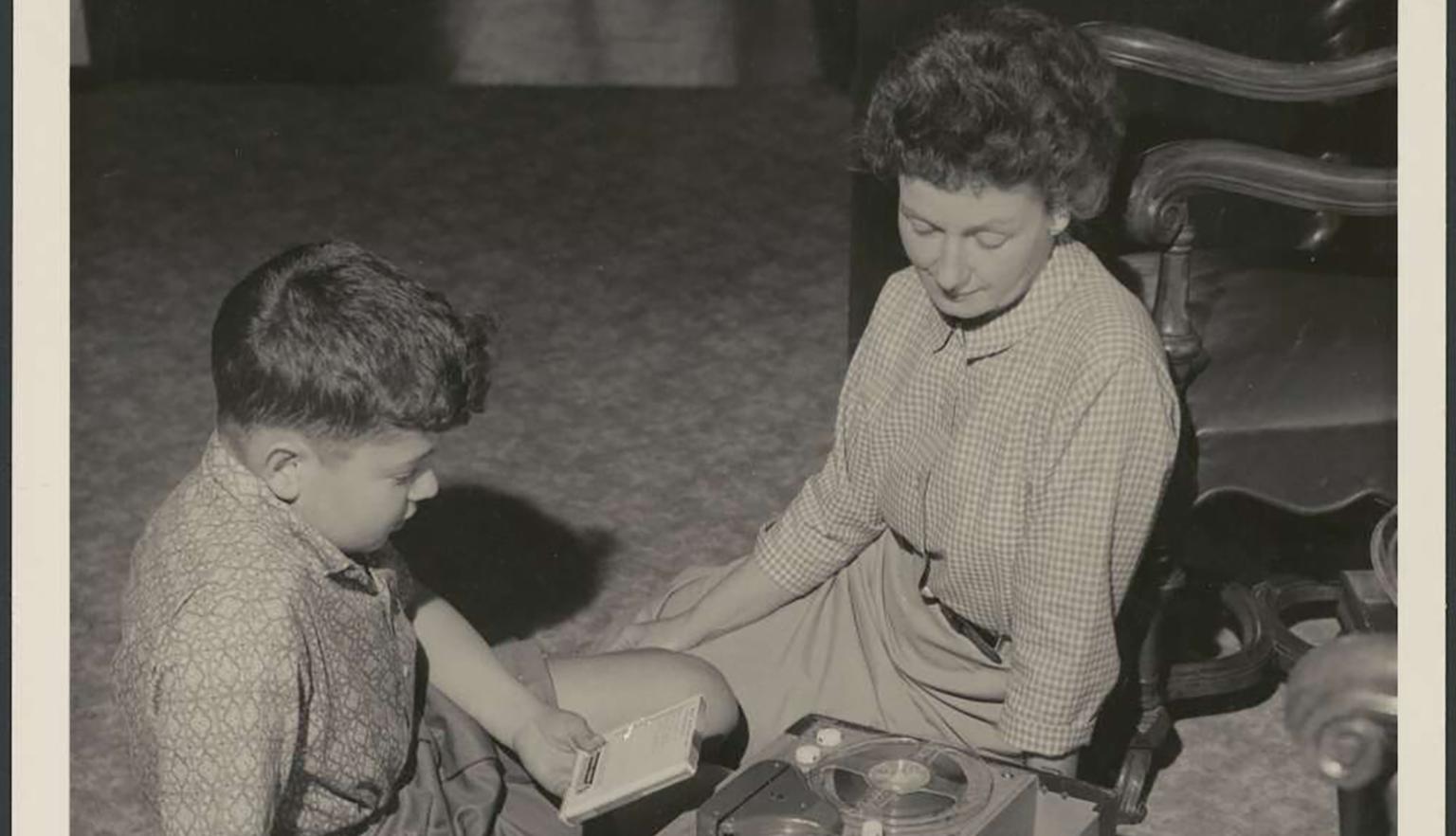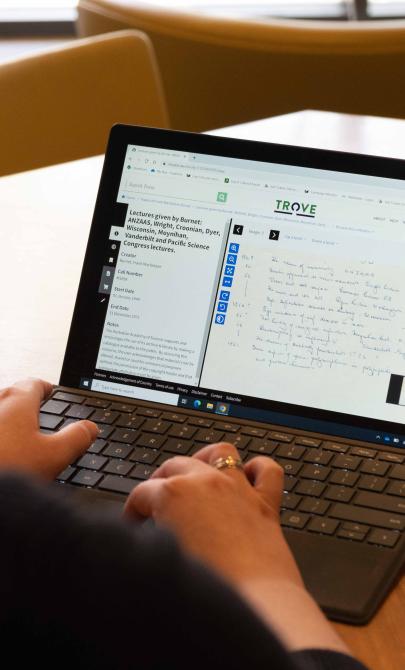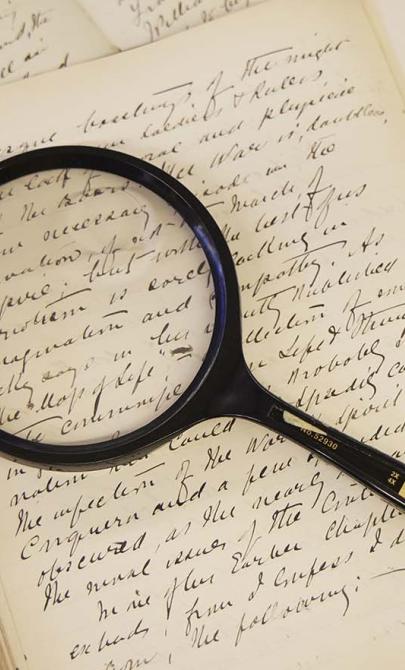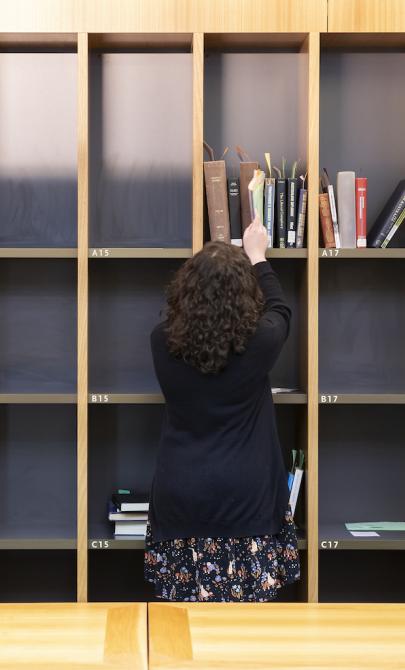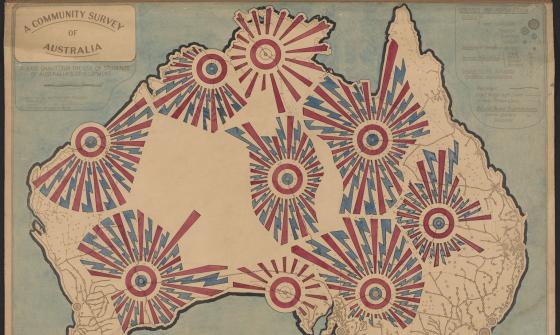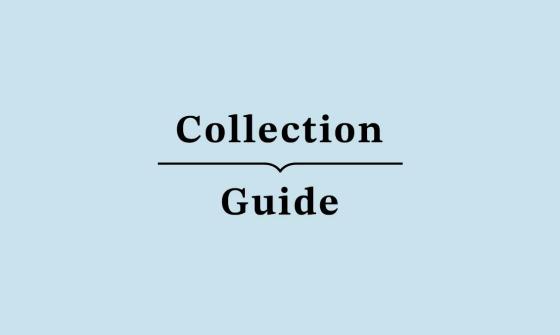De Berg Collection
Collection highlights
Key items in the collection
The de Berg Collection includes 1,290 recordings on 1,301 tapes, with a range of interview lengths. Early recordings were brief poetry readings with some commentary, often just a few minutes long. Later interviews were usually between one to two hours, although some were much longer.
The collection features a significant number of artists, including:
- Margaret Olley - artist
- Sidney Nolan - artist
- Tom Bass
- Arthur Boyd
- David Boyd
- John Coburn
- Kevin Connor
- William Dobell
- Nora Heysen
- Brett Whiteley
- Fred Williams
Writers also make up a substantial part of the collection, such as:
- Colleen McCullough - writer
- Robert Adamson
- Helen Garner
- Thomas Keneally
- Les Murray
- Katharine Susannah Prichard
- Colin Thiele
The collection is diverse, featuring individuals from various fields, including:
- Max Dupain - photographer
- Jessie Street - activist
- Harry Seidler - architect
- Phillip Adams (broadcaster)
- Howard Florey (pathologist)
- Robert Helpmann (dancer)
- Peter Weir (film director)
All recordings in the collection have been fully transcribed.
About Hazel de Berg
Hazel de Berg (1913–1984) was born in Deniliquin, New South Wales, to Reverend George Holland, a Methodist minister. She spent her childhood in various country parsonages and completed her education at the Methodist Ladies’ College in Sydney. After training as a photographer at Paramount Studios, she worked in the studio of Noel Rubie. In 1941, she married Woolf de Berg, a company director from Poland, and lived in Sydney for the rest of her life.
Career beginnings
In the 1950s, as her children grew older, Hazel explored new interests like radiography and studying Indonesian. In 1957, she used a tape recorder for the first time while volunteering for the Talking Book Service for the Blind, where she recorded Dame Mary Gilmore discussing her book Old Days, Old Ways. This brief recording marked the start of her journey in capturing life stories. Over the next three years, encouraged by John Thompson and Douglas Stewart, she recorded around 70 poets, novelists, and playwrights. By 1960, she expanded her focus to artists and went on to record about 250 painters and sculptors.
A pioneer of oral history
Hazel travelled throughout Australia and also visited Britain and the United States for her recordings. While many of her subjects were well-known figures in their fields, she later developed an interest in local history and conducted interviews in towns like Tamworth, Cowra, and Young. Though she often talked about retiring, she continued recording until her passing. Despite not favouring the term "oral history," Hazel was a pioneer in the field in Australia, recording 1,290 Australians born between 1865 and 1953 over 27 years. Her collection reflects her remarkable energy, enthusiasm, and dedication.
Background to the collection
De Berg was encouraged to preserve her recordings. She began donating her tapes in 1960 and continued to do so throughout her life. Funding was provided to support the transcription of these recordings. In 1972, a contract was established to provide her with an annual grant, which was renewed several times. Despite the support, de Berg remained independent, selecting most of her interviewees and organizing her field trips on her own.
The de Berg Collection is part of the Oral History Collection, with each item catalogued under the prefix ORAL DeB. This collection also includes de Berg's handwritten notes for each recording.
The photographs taken by de Berg are held in the Pictures Collection (P1544/1-207). Her photographs are stored in two binders and listed in the first binder, with a few of them individually catalogued and digitised. The related papers are preserved in the Manuscripts Collection.
Learn more from Senior Curator Dr. Shirleene Robinson’s blog about Hazel de Berg.
You can also explore her interviews in the National Portrait Gallery’s "In their own words" exhibition.
This guide was prepared using these references:
- The Hazel de Berg Recordings from the Oral History Collection of the National Library of Australia, National Library of Australia, Canberra, 1989, (with introduction by Tim Bowden).
- Graeme Powell, De Berg, Hazel Estelle (1913-1984), Australian Dictionary of Biography Online
- Graeme Powell, The Oral History Collections of the National Library of Australia, Archives and manuscripts, vol. 5, February 1974, pp. 137–42.
- Diana Ritch, My mother, Hazel de Berg, oral history pioneer, Oral History Association of Australia journal, no. 18, 1996, pp. 29–36.
